Marisa Wojcik:
Welcome to Noon Wednesday. I’m Marisa Wojcik, multimedia journalist with Here & Now on PBS Wisconsin. Today is May 13th. Just a quick update for you, there is still no decision on whether or not the state Supreme Court will take up a case challenging the extension of the safer-at-home order. Meanwhile, we are approaching the end of a school year, a school year preempted by the spread of COVID-19. So joining us today to give an update on what the future holds for K-12 schools across the state is Michael Thompson, Deputy State Superintendent of Public Instruction. And Michael Thompson, thank you so much for joining us today.
Michael Thompson:
Thanks for having me.
Marisa Wojcik:
I want to start by asking so far have students still been learning as they’ve been sheltering in place, as they’ve been at home?
Michael Thompson:
Yeah, I would say the short answer to that is yes. I think as this, I call it an unprecedented disruption in the school day, in the school system. Schools immediately tried to put in place some continuity of learning. And that varied across the state, but based on their ability to get to virtual, get kids computers, get access to the internet, but all virtually, every school district provide continuity of learning opportunities for kids, the ability to feed the kids and taking care of their staff. Those were their primary three goals as we went into this pandemic back in March.
Marisa Wojcik:
And what does that variance look like from different districts, from a rural landscape, an urban landscape? What does that picture look like in different parts of the state?
Michael Thompson:
I think what it did, if nothing else, it really demonstrated the inequities we have of kids that have access to certain opportunities in education. If we look at just simply the virtual environment where we had families that didn’t have access to internet, or if they had access to the internet, couldn’t afford the internet. Or if they even could afford the internet, didn’t have enough computer or bandwidth to manage a number of computers. That varied across the state. And districts worked really hard to try to reduce those inequities, but they existed. Our larger systems had a more difficult time in deploying and turning the switch on to a different alternative learning environment than sometimes smaller districts. So they’ve maybe have started out with learning packets as their continuity of learning before they transitioned into virtual. So, and you have to remember for the far majority of districts, were not planning for a pandemic, did not have their, you know, let’s turn the switch now and we’ll all go remote. This came on relatively quick. So districts did a tremendous amount of planning, discussing with each other how to do this, and trying to maintain some continuity of learning to the best of their ability. But I don’t know of–I know very few or if any that were able to replicate what was going on in the bricks and mortar schools the prior week. It just wasn’t possible. They did the best job they could, given the conditions we are under.
Marisa Wojcik:
What tools do parents, teachers, and students still need now that we’ve been in this place for at least a couple of months?
Michael Thompson:
Well, probably the biggest tool parents, teachers, and students need is patience. This is really difficult. And I think people really were thrown into situations they had to try to navigate. It was very difficult for, I think, parents who become more of a partner in that learning maybe than ever before because their kids are in their home environment and they themselves might be in work, trying to work in that home environment or trying to struggle through this COVID virus themselves. So that was really important that school district try to provide really good communication with parents, tools to help them continue that learning at home, that at home was not always going to be sitting in front of a computer and how do you expand that learning to other things going on in the home? So nobody can sit in front of a computer and learn for, you know, six, seven, eight hours a day. You have to kind of intersperse other activities. School districts had to in turn also figure out how they gear up to go to an alternative environment where not a lot of our educators have experience or have that skillset of going to totally virtually, what are the resources that are available? How do I engage kids? How do I keep kids engaged around the learning environment? So those are all things that they had to, you know, as they say, fly the airplane as they’re building it. And if you think of all the other things that go on in a school system, all the other social and emotional learning needs that kids have that schools try to meet, the work of our school counselors, the work of our school social workers, and our psychologists, and all of those support systems. How do you do that in a remote environment? How do we help kids through different things that they’re dealing with? And those were all things that I was very impressed with schools tried to do in those arenas, but they were challenges that they had to overcome.
Marisa Wojcik:
Is it up to the Department of Public Instruction or to individual districts to try and ramp up these actual physical resources of bandwidth, and computers, and the things that students are needing to continue learning?
Michael Thompson:
Yeah, I think this is kind of where you get to the phrase, we’re all in this together. Everybody plays a part in that. If you look at the different parameters of that, we know that there were places in our state that even if you had all the computers you wanted, you did not have access to the internet, where were those spots? And then how do we work with the communication companies to get access? How do we provide hotspots so people can access the internet where they didn’t have that internet access? It was really, I found it was a community approach to making sure those resources were met. And it’s a state approach to say, “Where are the big gaps around the state? What can the state do going forward to close those gaps?” How do we make sure… You know, clearly, I think we find what many people will tell me, having access to the internet is more like a utility now than in luxury. It’s like people need it. They need it to be productive in their lives. And so, how do we make sure that every home in this state is connected to the internet? And that’s just something we have to all work towards to get that done.
Marisa Wojcik:
Are students still going to be expected to take standardized tests, and how is student progress being measured?
Michael Thompson:
Well, standardized tests that were scheduled to take place during the spring of this year were suspended. Those are the tests that are required under state law and under federal law. Those were both suspended because of the virus. Kids weren’t in school. But districts, the standardized statewide assessments are just one form of assessment. Districts are assessing all the way along the educational continuum. That happened all the way up until the COVID virus. And then they had to kind of modify those assessments as they went along because of where kids were at. So going forward, those data assessments and federal requirements will come back into play as we moved back into the next school year. They were suspended for this school year. In addition, schools will look at what type of tools they’ll use to assess where kids are at, to assess learning loss. Maybe that may be happened during this particular year or assess where kids are at so we can rapidly accelerate their learning as we move into, hopefully, going forward, a more normal environment.
Marisa Wojcik:
You spoke about inequities earlier. Is this going to exacerbate the student achievement gap in Wisconsin?
Michael Thompson:
Well, my hope is it doesn’t. I think pointing out inequities helps us address those inequities. I think we know that we need to accelerate some kids’ learning. We need to accelerate their learning so we can continue to close that gap. To the best of our ability, we have to work towards closing the gap, not just even to the point of being happy where it was before the pandemic virus. It just illustrated the inequities of opportunities that contribute to that gap, and we need to address those inequities and opportunities, inequities, the resources. And if nothing else, I don’t know if… I don’t, I guess, I don’t think there are any silver linings in this pandemic, but that it really showcased where some kids just clearly don’t have what other kids have to achieve.
Marisa Wojcik:
What about students with special needs? There’s quite a few resources that they receive in the brick and mortar schools. Is there anything special being done to accommodate special needs students?
Michael Thompson:
Yeah, I think during this time, schools and parents with special needs kids needed to reevaluate the needs of those kids and how they could be met in a different environment, in a virtual environment. Just like with all children, to meet it to the degree that was met when we were in a bricks and mortar situation was probably not reasonable. But what is it that we could do in this type of environment and continue to provide services? And this is where schools got into discussions around the role of our special ed teachers, their role of helping kids in a virtual environment, the role of kids that needed all types of services, whether it be physical therapy services. How do you do that when you’re not in the physical plan, and how do you do that through an internet? And so, there’ve been creative ways to do that. It takes a lot of communication between the family and the school district, and they’re trying to continue, just like with the regular, with all kids, we’re going to try to do the best job we can to keep some continuity of learning in an environment that creates some challenges.
Marisa Wojcik:
So, going forward, we’re approaching the summer, is schooling going to continue into the summer to try and make up some of the difference that might’ve happened from this last semester?
Michael Thompson:
I think when we think about going into the summer, we think about summer school. And many school districts are planning for summer school with the hope that sometime within that summer school experience, they are able to bring children back into possibly the physical environment in some way. As we see maybe the state meeting certain phases into to opening up the state. How does that apply to schools, and can schools in the summer, and the summer is from when they stopped their instructional year to the start of the next instructional year, can they provide some opportunities for kids to come back into the building? Maybe in smaller groups. And then all of the considerations around how do you keep them safe? How do you make sure we have a sanitized building? How do we make sure we have social distancing things in place, can be really helpful in the summer as schools kind of test these different environments out as we go into the fall. How we’re going to do those, how we’re going to transition now back into the fall environment where all kids are coming to school. So the summer is time for planning, and hopefully an opportunity to try some of these strategies out, if there is easing of the restrictions that allow kids to come back in smaller numbers into the environment.
Marisa Wojcik:
And so, leading into the fall, will any plans be made to determine if schools can reopen? Will students still be able to have the option to learn virtually? What does that look like, and how soon are those plans being drafted?
Michael Thompson:
I think, well, those plans are being drafted as we speak. Districts are starting to think about the fall. First, they’re starting to think, and they’re thinking about summer school and then how that translates into the fall. I’d think districts have to plan for several different scenarios. I think they have to plan for the scenario, which we all hope that we’re going to have full opening of schools, and everybody’s back in session as we were. Then if that’s the case, how do we make sure the health of kids is our number one priority? And what kind of conditions do we have to have in that school as far as safety, as far as cleaning, as far as social distancing, that’s if everybody comes back. And then if it is coming back into the bricks and mortar, what about parents who are fearful of sending their children into the environment, like they have to plan for those types of things. If we’re under more restrictive orders, how do you plan for maybe a hybrid environment where sometime part of it’s part of at home? How do you have maybe staggered schedules for kids? These are all possibilities that districts are trying to work their way through. What would that look like if we’re in that type of environment? And then hopefully this isn’t the case, but what if we’re in a same type of environment we’re in now where you’re going to have to do things more virtually? What have we learned from that’s gone on in the spring that could help us do a better job of all that kind of things in the fall. I do think they have to kind of plan for those three scenarios. The best-case scenario, we’re back in session, and everybody’s back in a normal environment. But I think there’ll be some… I don’t think it’ll be, even if everybody back in school, it will be normalized for quite some time. And we’re going to have to take certain precautions and certain steps to make sure the health of kids is our number one priority.
Marisa Wojcik:
And again, is that going to be consistent throughout the entire state, or is it up to the individual districts? Is it up to DPI, is it up to the Department of Health?
Michael Thompson:
That’s a good question. The health-related parts of opening a school environment are really under the authority of the state health department, local health departments, or local school districts. They are the ones who have the authority to close school buildings. The Department of Public Instruction does not have that authority. Our role in that is we take our cues from the health department, and they tell us what are the restrictions, parameters of which school can operate. And then our role is to support schools to operate as efficiently as they can in those environments. That’s our role, and to help with the kind of the instructional designs and support those instructional design that can best meet the needs of kids in an environment that could be, let’s say it will be at that time, somewhat restricted because of health concerns.
Marisa Wojcik:
What does the financial picture for districts look like? Are things even tougher now?
Michael Thompson:
Things are for all of us, for everybody. Things are tougher financially. It’s going to be tougher for school districts during this year, even though they had to go for an alternative environment, it occurred at a cost that they did not anticipate. It could be creating more hardware, and buying more computers, and providing more cleaning of buildings and all those types of things. It’s really a concern of school districts around going to the future of what their funding scenarios will look like because they’re really trying to balance how do we meet the needs of kids, how do we meet the needs of our most neediest kids who sometimes need more resources than others going into next school year, and how can we sustain that? So I would say finances are a concern of school districts. Will the resources be there for them to be able to meet the needs of other kids in their building? I think they’re concerned about that. And they’re planning, just like they are planning for various scenarios of how they might have to operate through an instructional design, they’re trying to create various scenarios of what the funding sources might look like.
Marisa Wojcik:
Are there state, local, federal dollars available as we move forward, understanding that these resources are going to be needed?
Michael Thompson:
Yeah, there are federal dollars available that have been specifically earmarked for school districts through the CARES act. And those dollars will begin to flow to school districts beginning probably later in June, that help to support school districts for expenditures that they incurred during this COVID virus. And so, that’s great support from the federal government, that is a part of helping to support school districts. Hopefully, we’ll see where budgets go in the future around some additional support from the federal government or not, but it’s good to have some support from the federal government in educating kids.
Marisa Wojcik:
In your role in this statewide organization going forward, what are you most personally focused on?
Michael Thompson:
I think we’re most personally focused on trying to support districts through this planning process. Trying to give them templates, a framework of what they should consider of moving into the next school year. All the questions that they should probably consider, right? The, how do I, what do I do about busing, and what do I do if all kids don’t come back into school, and can I move my school start date one way or the other? And all of these questions that are part of our role is to help districts address the challenges that they face, and then sometimes try to help remove challenges so they can continue to educate kids in a totally different situation than we have in the past. That’s what I see our role is, as mostly in a supportive role in what they’re trying to do to educate kids. I can tell you from listening to superintendents and administrators across the state, they’re concerned of the well-being of kids, both from a safety perspective and also from an educational perspective of how do we help accelerate kids’ learning when they get back together, is their number one priority. I am very impressed with their commitment to the kids they serve during this time.
Marisa Wojcik:
All right, Deputy Superintendent of Public Instruction, Michael Thompson, thank you so much for joining us.
Michael Thompson:
Thanks, have a great day.
Marisa Wojcik:
For more from Here & Now and PBS Wisconsin, you can visit pbswisconsin.org. And thank you so much for joining us on Noon Wednesday.
Search Episodes
News Stories from PBS Wisconsin

Donate to sign up. Activate and sign in to Passport. It's that easy to help PBS Wisconsin serve your community through media that educates, inspires, and entertains.
Make your membership gift today
Only for new users: Activate Passport using your code or email address
Already a member?
Look up my account
Need some help? Go to FAQ or visit PBS Passport Help
Need help accessing PBS Wisconsin anywhere?

Online Access | Platform & Device Access | Cable or Satellite Access | Over-The-Air Access
Visit Access Guide
Need help accessing PBS Wisconsin anywhere?

Visit Our
Live TV Access Guide
Online AccessPlatform & Device Access
Cable or Satellite Access
Over-The-Air Access
Visit Access Guide
 Passport
Passport





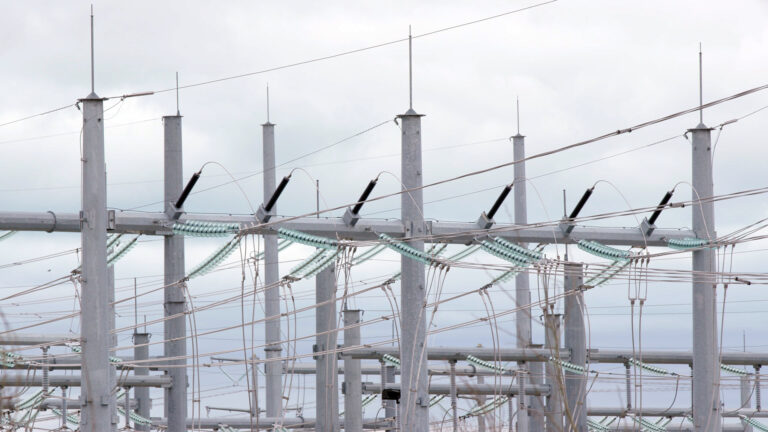
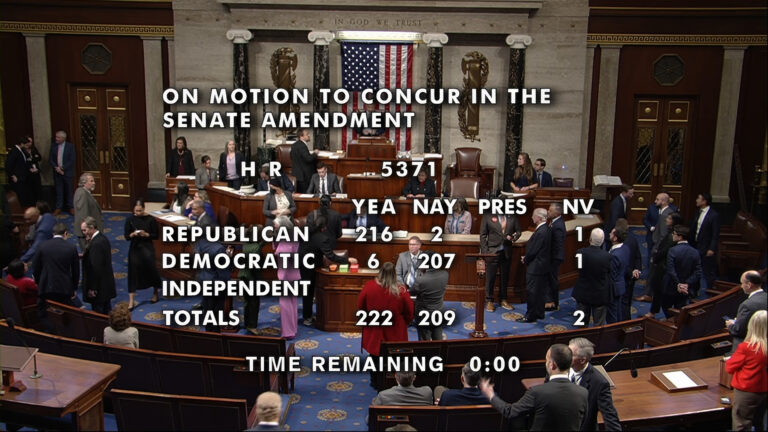
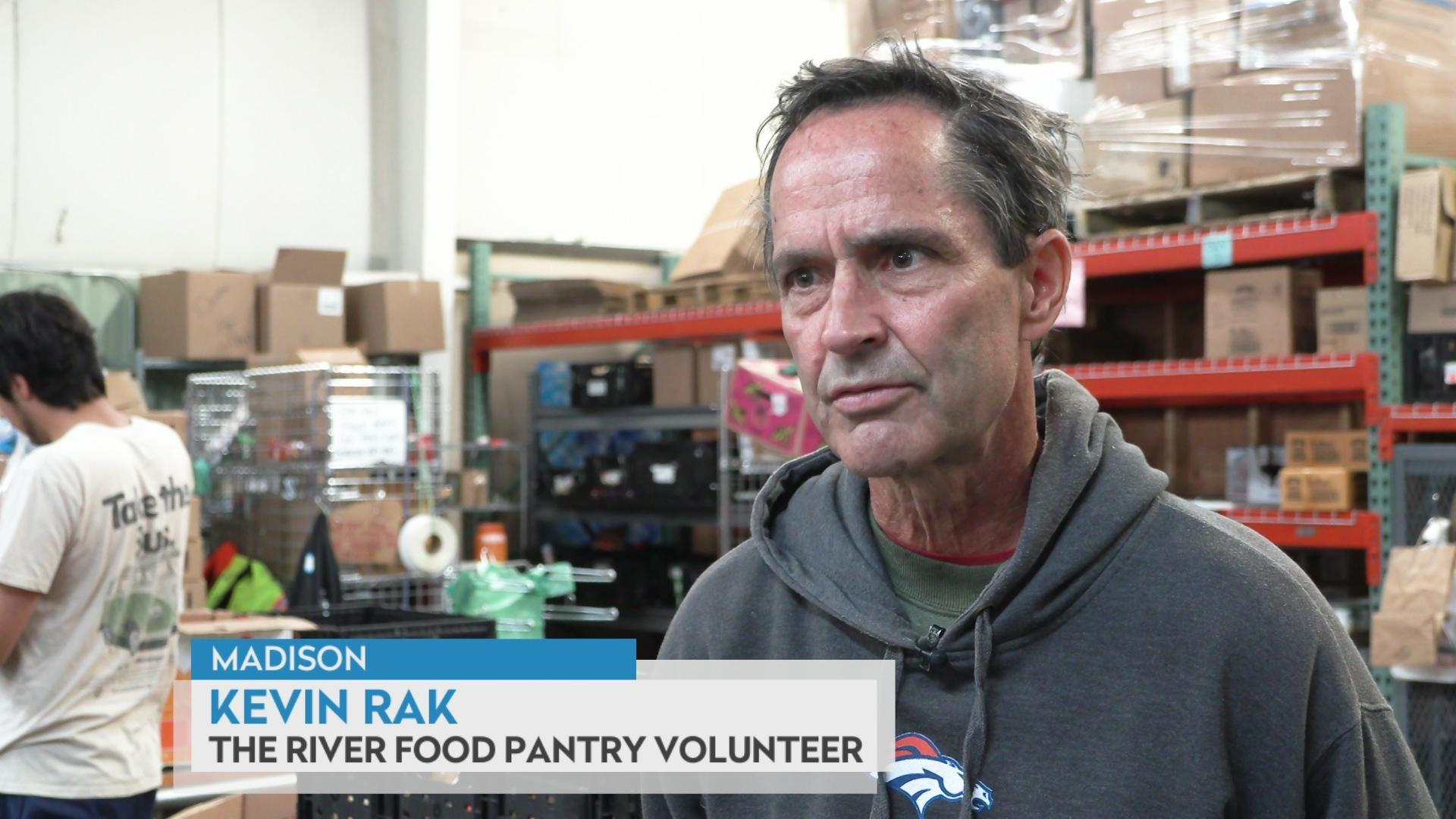
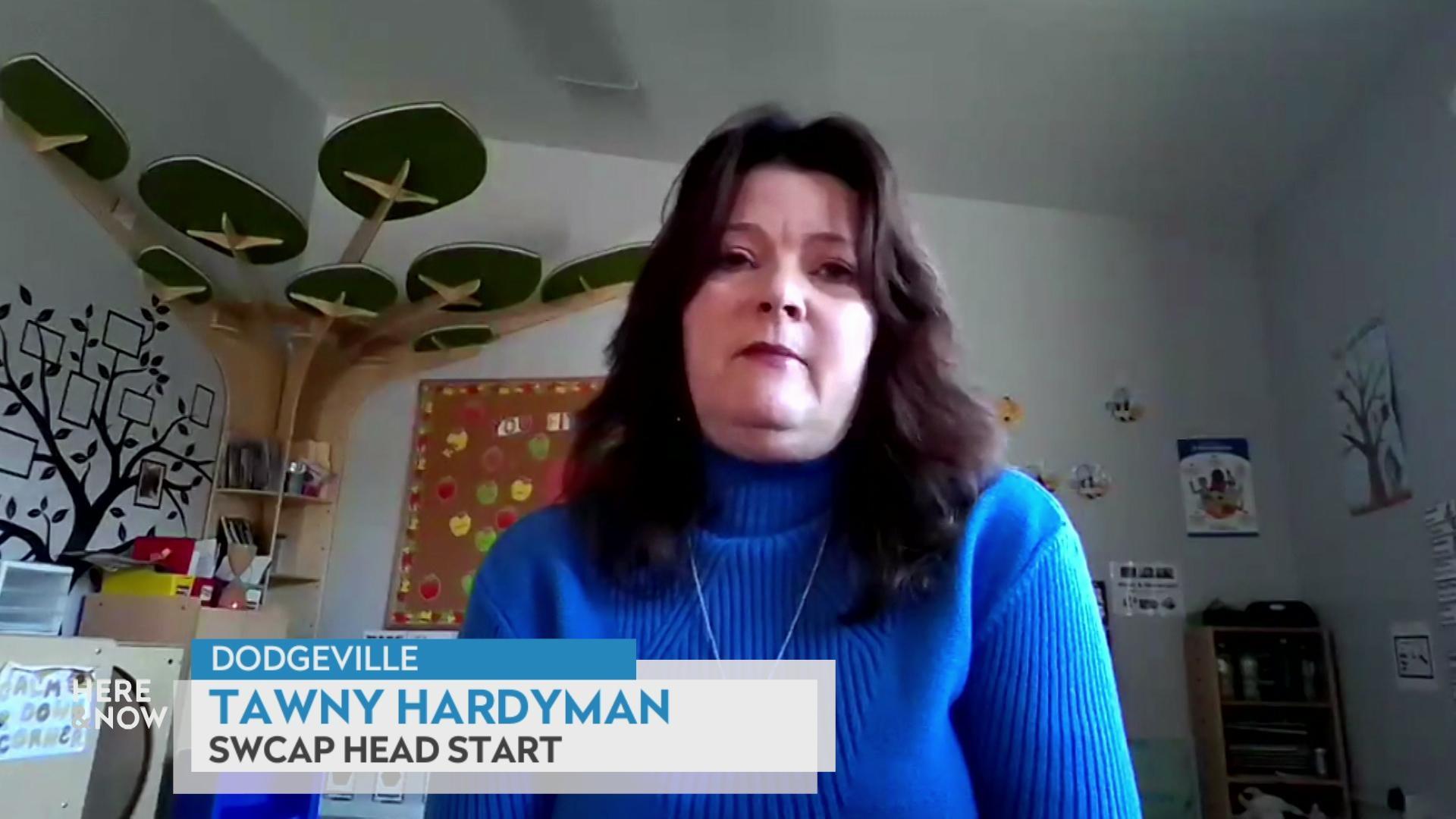
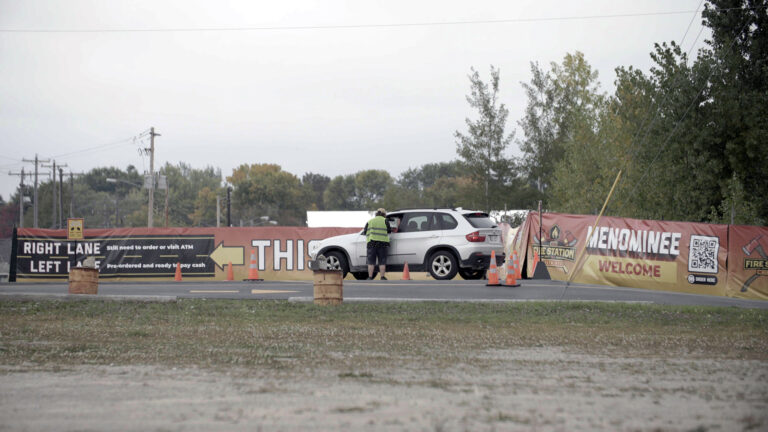
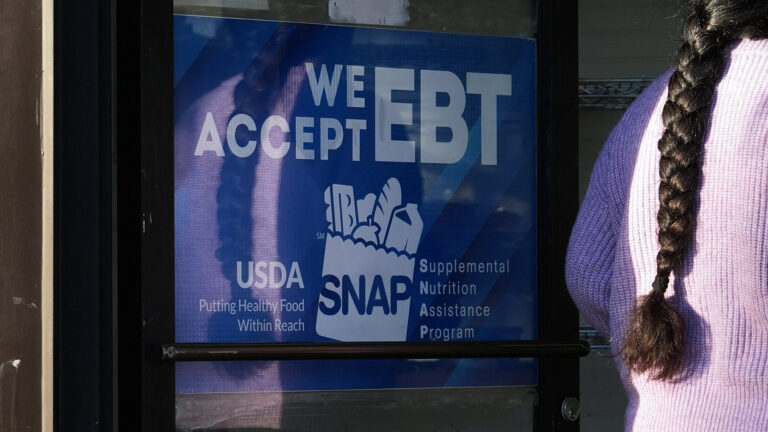
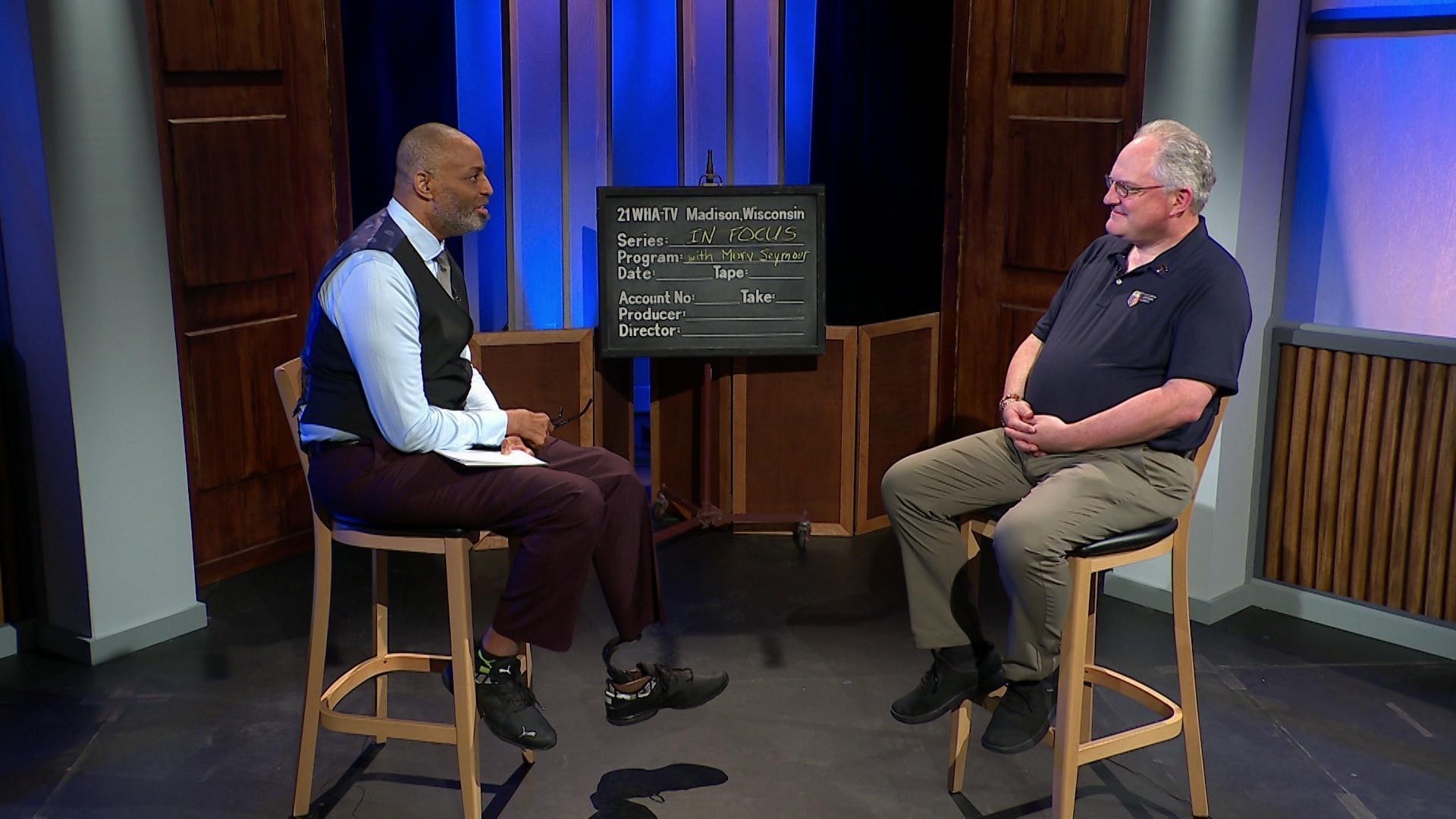
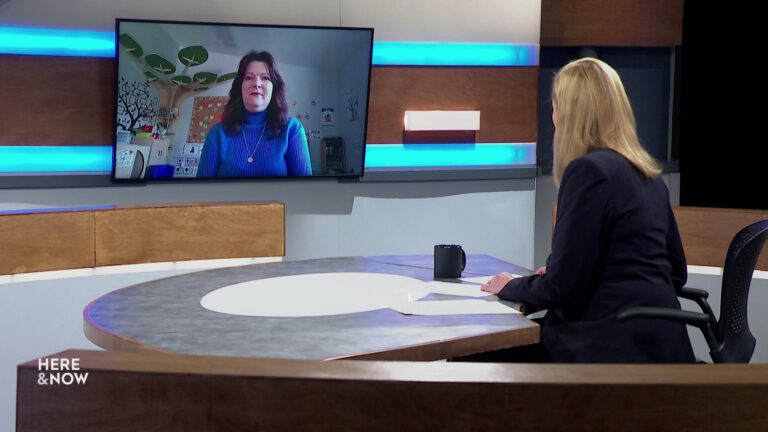
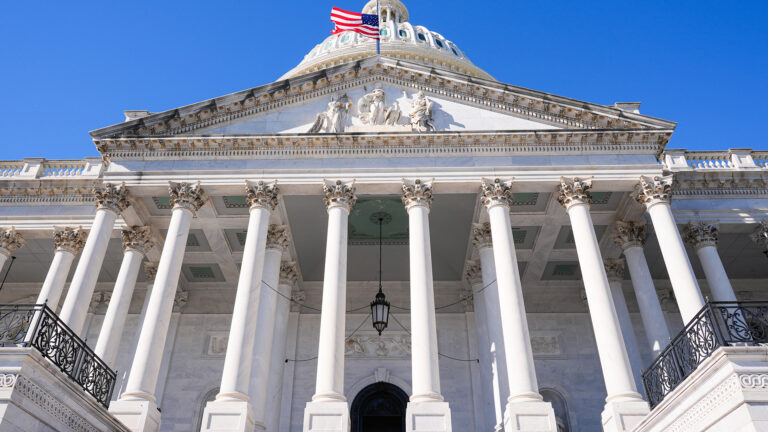
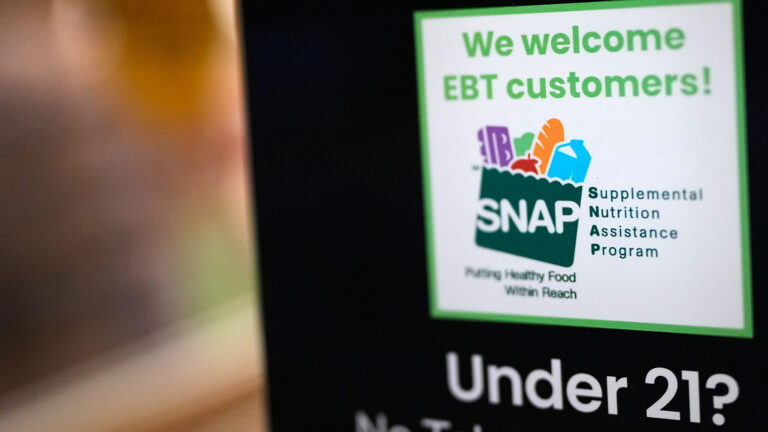
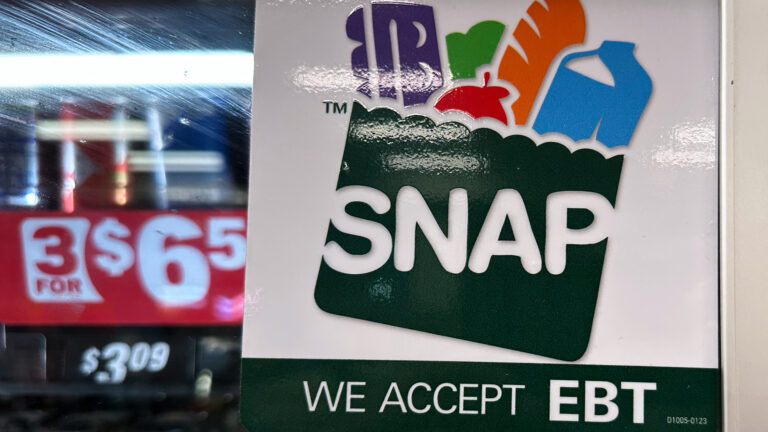
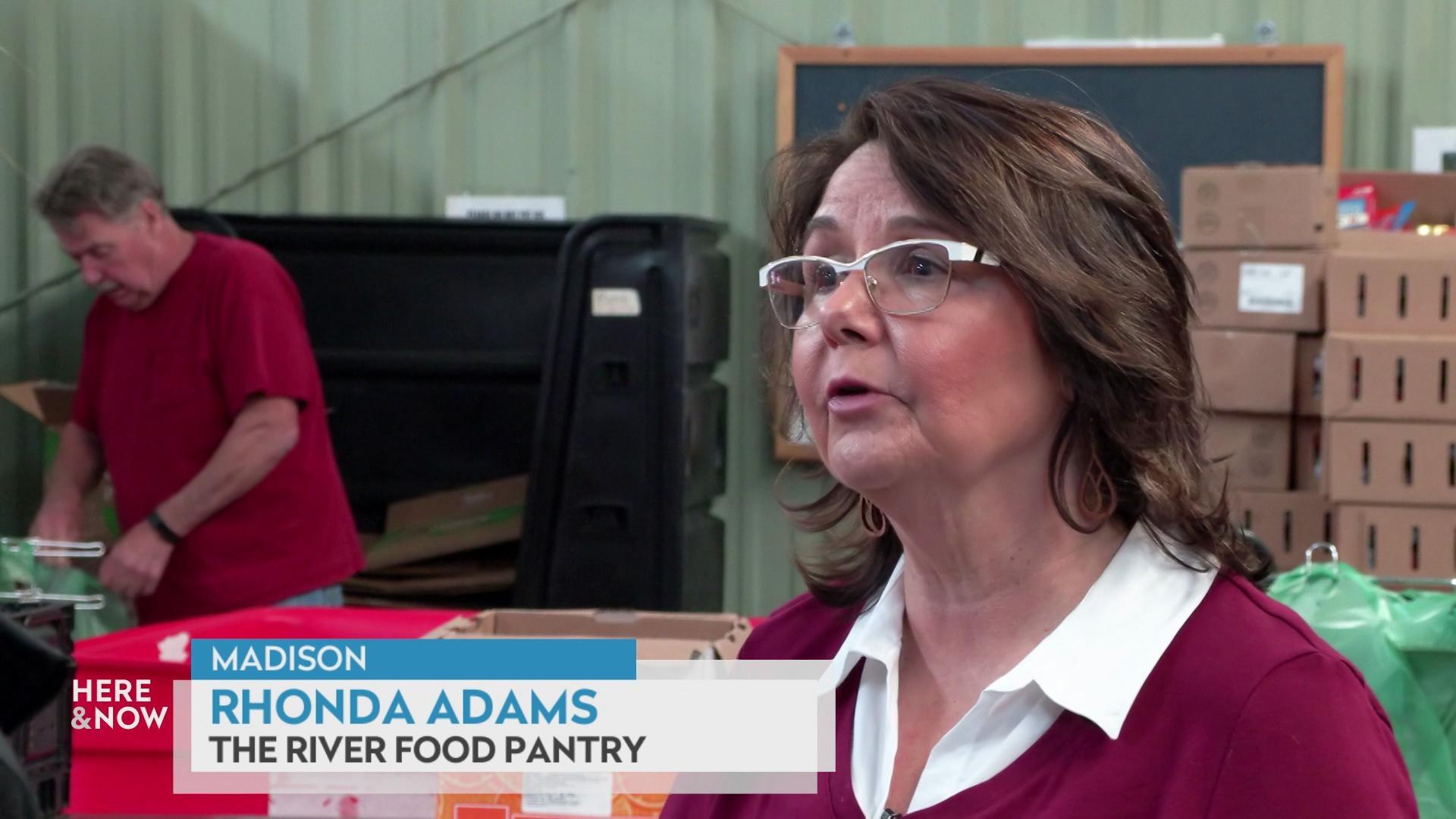

Follow Us